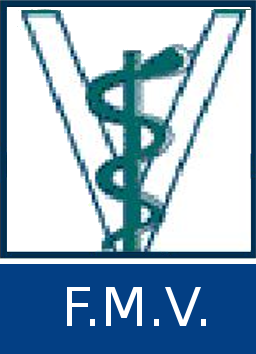La Besnoitiose bovine une maladie ré-émergente, quels moyens diagnostics et de lutte sont disponibles à ce jour ?
Roux, Joris 
Promotor(s) :
Mignon, Bernard 
Date of defense : 21-Jun-2021 • Permalink : http://hdl.handle.net/2268.2/12363
Details
| Title : | La Besnoitiose bovine une maladie ré-émergente, quels moyens diagnostics et de lutte sont disponibles à ce jour ? |
| Translated title : | [en] Bovine besnoitiosis, an re-emerging disease, what diagnosis means and solutions are available today ? |
| Author : | Roux, Joris 
|
| Date of defense : | 21-Jun-2021 |
| Advisor(s) : | Mignon, Bernard 
|
| Committee's member(s) : | Mainil, Jacques 
Saegerman, Claude 
Thiry, Damien 
|
| Language : | French |
| Number of pages : | 35 |
| Discipline(s) : | Life sciences > Animal production & animal husbandry |
| Target public : | Student |
| Institution(s) : | Université de Liège, Liège, Belgique |
| Degree: | Master en médecine vétérinaire |
| Faculty: | Master thesis of the Faculté de Médecine Vétérinaire |
Abstract
[en] The bovine besnoitiosis is a poly systemic disease caused by Besnoitia besnoiti. It is a vector borne parasitic disease that can be defined as re-emerging since new cases appeared in Europe the last few years.
For now, the diagnosed disease is present in number of European countries (Italy, France, Belgium, Spain, Ireland…)
In addition to being a poorly known disease, a lot of risk factors exists potentiating its development into a healthy herd. Once installed in a livestock, it is difficult to eradicate it because of the presence of asymptomatic carrier and through its capacity to propagate through blood sucking insects. It is therefore a need that the vet and the farmer work together to detext as soon as possible suspicious clinical signs of besnoitiosis. It is the good knowledge of the disease and its three successive clinical phases that will enable to put into place a big scale or individual diagnostic protocol. It is therefore primordial to know the diagnosis means and how to use them to avoid an entrance or propagation of the disease in a cattle herd. At best, a serological screening of all cattle aged over 6 months with an individual ELISA test will allow to establish a seroprevalence in the livestock.
From those results the application of adapted measures to halt the disease. The available measures are diverse, combining sanitary, chemical, biological and mechanical measures. In fact, there is a need to treat the infected cattle as well as to fight against the blood sucker insects that are at the cause of a propagation.
File(s)
Document(s)

 ROUX_Joris_TFE_FMV_Juin2021_définitif.pdf
ROUX_Joris_TFE_FMV_Juin2021_définitif.pdf
Description:
Size: 1.07 MB
Format: Adobe PDF
Cite this master thesis
The University of Liège does not guarantee the scientific quality of these students' works or the accuracy of all the information they contain.


 Master Thesis Online
Master Thesis Online




